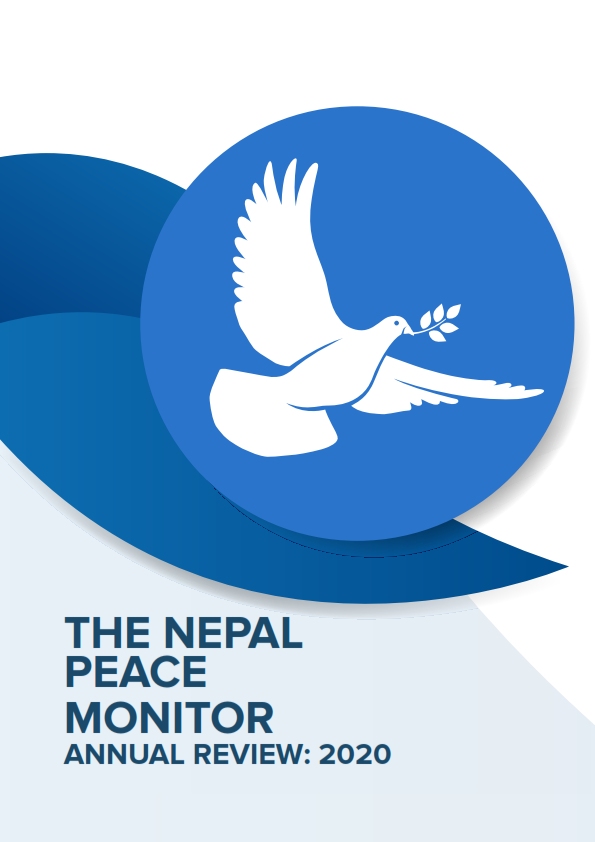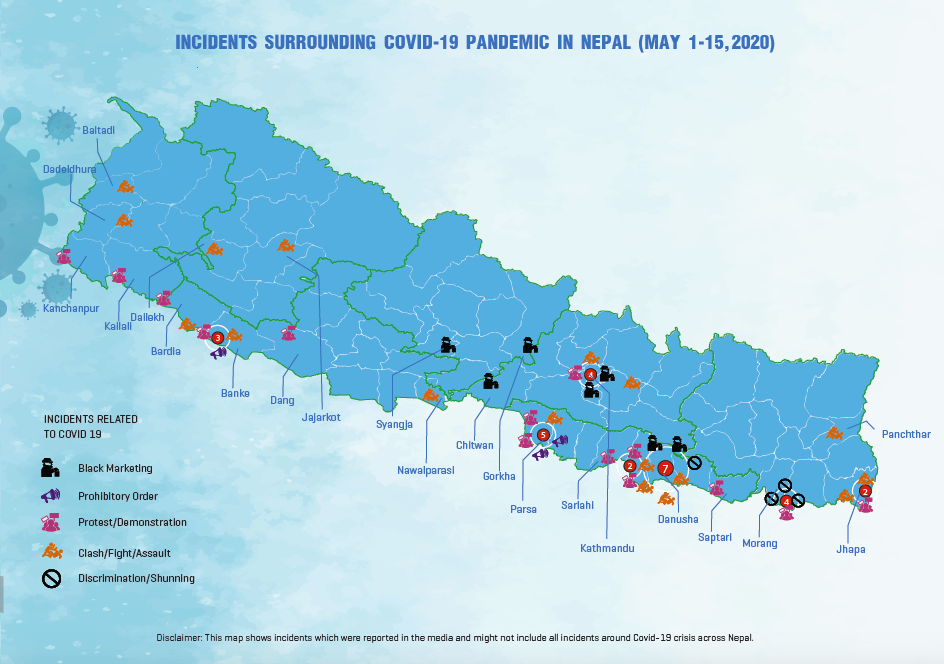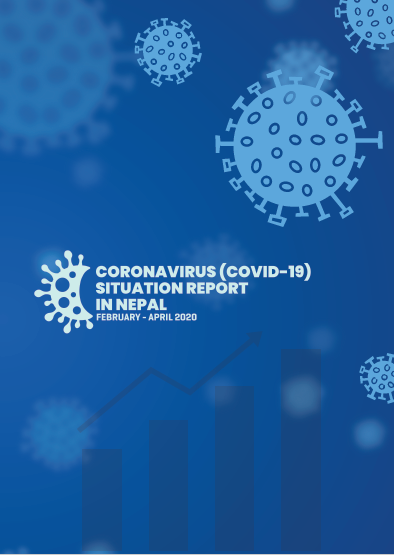Incident Reports
30 percent children involved in hazardous works
2016-02-28
A national survey has shown that 37 per cent of the children between 5 and 15 years are involved in income-generating labour activities and 30 per cent of them are involved in hazardous works.
A report entitled Lives of Children, Adolescent and Women in Nepal 2014, prepared by Unicef and Central Bureau of Statistics (CBS) has also revealed that 28 per cent of the children between 5 and 11 years, 15 per cent between 12 and 14 years, and 3 per cent of the children between 15 and 17 years are engaged in economic activities above the age-specific threshold.
The country’s Children Act defines persons up to 16 years as children.
According to the report, children in the mid-western Hills and Mountains and the eastern Hills and Mountains are most likely to be involved in economic activities above their age-specific threshold.
Children in rural areas are much more likely than those in urban areas to be involved in economic activities above their age-specific threshold. According to government data, there are 1600,000 child labours in the country.
The Labour Act, 1992, and Labour Rules, 1993, contain specific provisions for the prohibition of employment of children below the age of 14 years and prohibits admission to hazardous work for minors (aged between 14 and 18 years).
Pramod Raj Regmi, information officer at CBS, said all data are primary and interview-based. The survey was conducted in all 75 districts.
Also known as Nepal Multiple Indicator Cluster Survey, the study sampled 12,405 households out of which 5,349 respondents were children. Child mortality rate, nutrition, child health, hygiene and drinking water, early childhood development literacy and education and child protection were minutely probed.
According to the report, 30 per cent of the children under five years are moderately or severely underweight, while 9 per cent are classified as severely underweight. More than one-third of 37 per cent of the children are moderately or severely stunted, with 16 per cent are severely stunted, and 11 per cent are moderately or severely wasted, with 3 per cent severely wasted.
In terms of education, 24 per cent of the children are not enrolled for primary education. Only 67 per cent of the children between 12-24 months have access to the vaccination programme.
The adolescent birth rate in the country is also high. An alarming 71 births per 1,000 women between 15 to 19 years has been revealed by the study. Early childbearing is relatively common with about one in six. Similarly, 16 per cent women between 20 and 24 years have had a live birth before the age of 18.
Birth registration also has not been accepted as a child right, even though a large number of mothers know how to register the birth of their children. Child rights campaigners point out poverty and lack of proper implementation measures of the existing policies as the reasons behind the bleak picture.
“We have policies that ensure free secondary education and child labour is illegal in the country, but the implementation mechanism is poor which results to the violation of rights of children who are vulnerable and can’t speak for themselves,” said Yubaraj Ghimire, of CWISH, an organisation working for child right.
National/Online Media
Related Reports
GBV / Siraha
Complaint lodged against a 30-year-old man on the charge of raping a 13-year-old teenage girl in Siraha
December 26, 2023
GBV / Okhaldhunga
52-year-old man arrested on the charge of sexually assaulting a 16-year-old teen girl in Okhaldhunga
Province 1, Okhaldhunga, Sunkoshi, Ward 8
December 03, 2023
GBV / Rupandehi
Complaint lodged against a 22-year-old youth on the charge of raping a minor girl in Rupandehi
August 29, 2023
GBV / Sudurpashchim
School teacher accused of sexually abusing students accused in Kanchanpur
August 20, 2023
Related Trend Analysis
Analysis

THE NEPAL PEACE MONITOR ANNUAL REVIEW: 2020
October 25, 2021
Human Trafficking / LGBT+ Rights / GBV / Political / Children’s Rights / Senior Citizens’ Rights / HRD Issues / Human Rights / Interpersonal Violence / Governance / Covid-19 / Civic-Space / PwD



